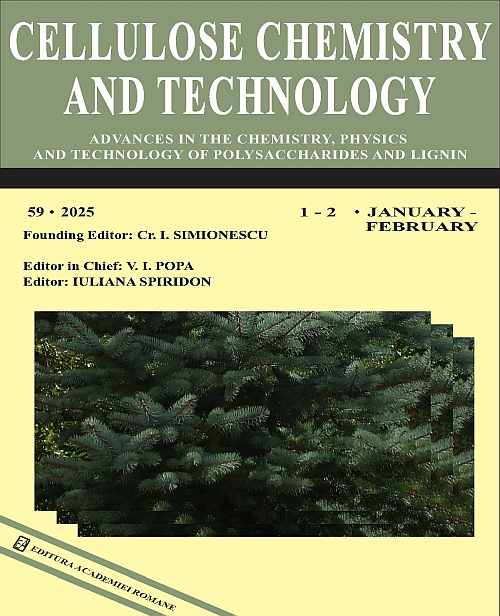|
Title
Exploring the potential of deep eutectic solvents for sustainable textile technologies
Authors
KASHIF JAVED, ASFANDYAR KHAN, AHMAD FRAZ, MUHAMMAD AWAIS and IMRAN
AHMAD KHAN
Received
January, 22, 2025
Published
Volume 59 Issue 5-6 May-June
Keywords
deep eutectic solvents (DESs), green synthesis, surface modifications, textile
Abstract
Deep eutectic solvents (DESs) have garnered significant attention from researchers due to their sustainability and tunable
properties, offering advantages over conventional organic solvents. DESs are considered non-toxic, less volatile,
environmentally benign, and with versatile functionalities, which makes them ideal for modern textile processing. This
review aims to provide a state-of-the-art overview focused on the recent advances in the implementation of DESs for
different textile applications, such as green approaches for dyestuff synthesis, surface modification of natural and
synthetic fibers, and waterless dyeing technologies. The first part of this review focuses on the DES components and
intermolecular interactions during the synthesis of DESs. The subsequent section reported recent studies employing DESs
for surface activation of natural (cellulosic, protein, and mineral fibers) to achieve special functional properties, such as
better tensile strength, hydrophilicity, and dye uptake. In addition, this review also highlights some emerging applications
of DESs for auxiliaries during melt spinning of synthetic fibers and subsequent modification before coloration. Some
reports about DES-based green synthesis routes for dyestuffs followed by technologies to develop water-reduced dyeing
processes for natural and synthetic textiles. Improved resource efficiency, darker shades, and accelerated diffusion
kinetics are noted relative to conventional dyeing attributable to DES-fibre interactions for various pigment classes. This
paper also provides some insights about future sustainability, economic, and regulatory recommendations toward
expanding DESs implementation for responsible textile production globally.
Link
https://doi.org/10.35812/CelluloseChemTechnol.2025.59.46
|



